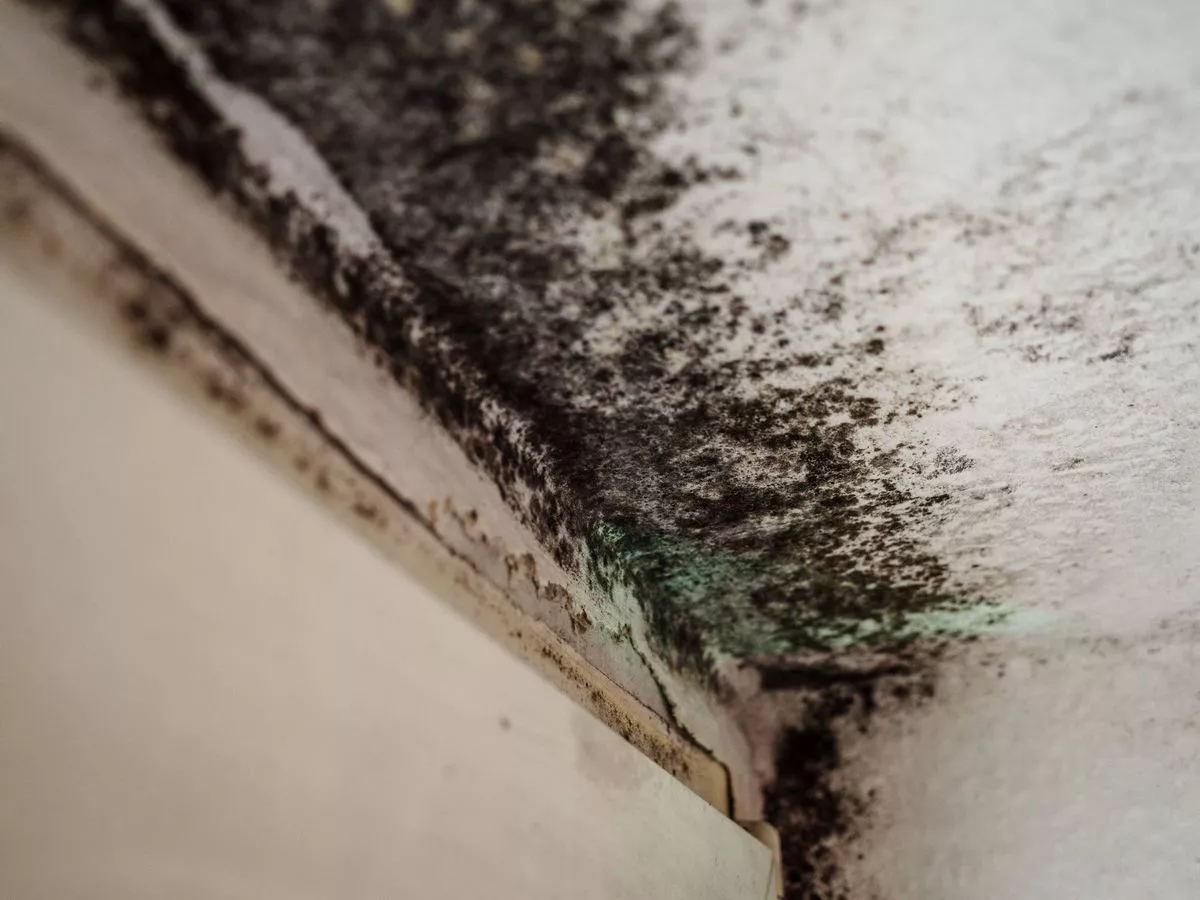Copyright mirror

Homeowners have regularly turned to chemical sprays to tackle mould on walls, despite their pungent odours and potential health hazards. Those potent-smelling cleaners might offer a swift solution, but they frequently just bleach the surface - allowing the mould to return once more. Yet, there's one natural ingredient lurking in your kitchen cupboard right now that can perform far more effectively without the poisonous vapours. Not only does it eliminate the visible mould, but it also helps stop regrowth - without requiring harsh chemicals such as bleach. According to Lucy Steele, paint and interiors expert at Valspar Paint, white vinegar is essential, reports the Express . "There are three different types of damp. Condensation is unavoidable and happens when hot air hits a cold surface," she said. "It's most common in kitchens and bathrooms after cooking or showering, but it can also appear on windows after the heating has been on, for example. If condensation is left to sit on surfaces for too long, it will cause damp and mould." She added: "If it's something you can tackle at home, try using white vinegar for areas of mould found on porous surfaces. "This trick is especially useful if the damp has extended below the surface. The vinegar will penetrate to kill the mould and mildew at the root, preventing it from regrowing." For those considering painting over the mould, Lucy cautions it should never be attempted with ordinary paint. "When painting over a damp patch, you should always use a specialist paint. Paints designed for damp often have properties that treat the problem as well and stop it from coming back," she said. "They also let moisture escape meaning there won't be a build-up of damp. So if you've fixed the root cause, using a specially formulated damp paint should put a stop to the problem for good." Regarding preventing damp and mould in future, the expert recommends fixing any leaks or managing condensation in your home which is "key to preventing black mould from growing." She added: "Keep problem areas like bathrooms, kitchens, or laundry rooms heated, as this will help to reduce the chances of mould growth simply because mould has an ideal temperature and moisture range in which to live and thrive." What you'll need: Method Use neat white vinegar but don't dilute it with water, as this can reduce its mould-killing effectiveness. Pour it directly into a clean spray bottle. Spray the vinegar straight onto the mouldy areas of the wall. For porous surfaces, ensure it penetrates into any small cracks or textures. Allow the vinegar to remain on the wall for at least one hour. Following soaking, use a soft brush or sponge to scrub away any lingering mould. Avoid using anything too harsh, particularly on painted walls. Clean the area with a fresh, damp cloth to remove residue, then dry the surface thoroughly. Complete drying helps stop the mould from returning. If you suspect an issue with your exterior wall, roof or rising damp, Lucy advises getting in touch with a specialist who can pinpoint the cause and rectify the problem.



